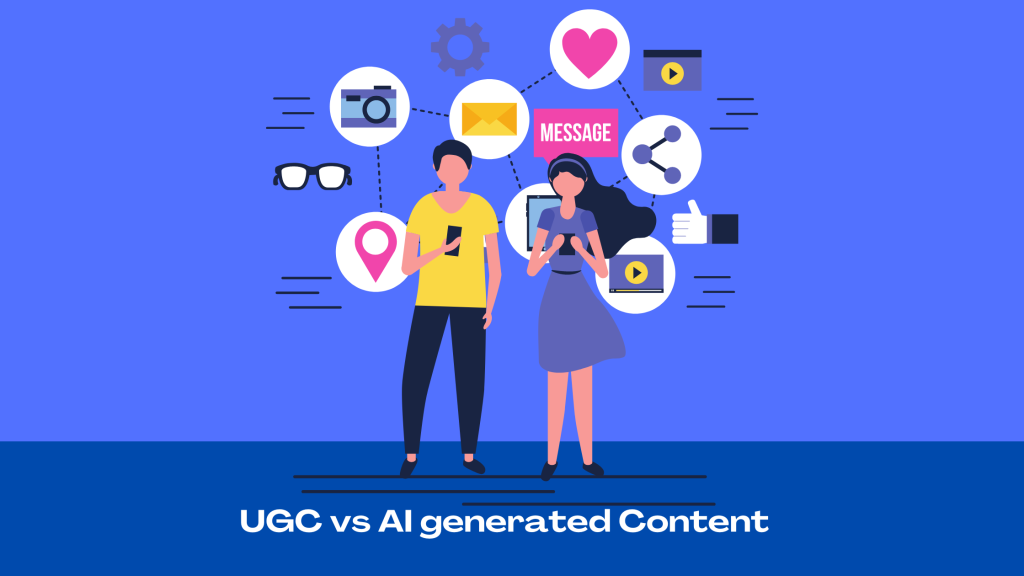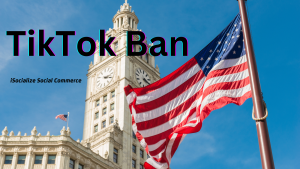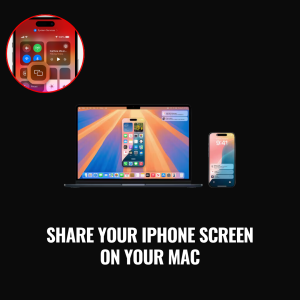
In the realm of content creation, two prominent forces have emerged: User-Generated Content (UGC) and AI-Generated Content. Both have reshaped the digital landscape, offering unique advantages and challenges for businesses and creators alike. But the question lingers: which is better? Let’s delve into the intricacies of UGC and AI-generated content to discern their strengths, weaknesses, and their potential impact on the future of content creation.
User-Generated Content (UGC)
UGC represents the voice of the masses. It encompasses content created by individuals who are not necessarily affiliated with a brand or organization. This could range from customer reviews, social media posts, blog comments, to videos and images shared by users. The beauty of UGC lies in its authenticity and relatability. It offers genuine insights, experiences, and opinions straight from the users themselves.
One of the primary strengths of UGC is its ability to foster community and trust. When consumers see content generated by their peers, they are more likely to perceive it as authentic and trustworthy. This authenticity can significantly influence purchasing decisions and brand perception. Moreover, UGC serves as a powerful tool for engagement, as it encourages interaction and participation among users.
However, UGC also comes with its set of challenges. Ensuring quality control can be a daunting task, as not all user-generated content may align with brand values or standards. Additionally, businesses may struggle to incentivize users to create content consistently. Despite these challenges, UGC remains a potent force in content marketing, driving authenticity and fostering meaningful connections with audiences.
AI-Generated Content
In contrast, AI-generated content represents the marriage of technology and creativity. Powered by machine learning algorithms, AI can generate text, images, videos, and even music with remarkable accuracy. This technology has revolutionized content creation by offering efficiency, scalability, and customization. AI can churn out vast quantities of content in a fraction of the time it would take a human, making it an attractive option for businesses seeking to streamline their content production processes.
One of the key advantages of AI-generated content is its versatility. From personalized product recommendations to dynamically generated articles, AI can adapt to various content needs with ease. Furthermore, AI can analyze vast amounts of data to tailor content to specific audiences, enhancing relevance and engagement.
However, AI-generated content is not without its limitations. While AI excels at producing content based on existing patterns and data, it may lack the creativity, emotional intelligence, and cultural sensitivity that human creators possess. As a result, AI-generated content may sometimes feel robotic or disconnected from the human experience.
Which Is Better?
The question of whether UGC or AI-generated content is better ultimately depends on the context and goals of the content creator. UGC shines in its authenticity and ability to build trust and community, making it invaluable for brands seeking genuine connections with their audience. On the other hand, AI-generated content offers efficiency, scalability, and customization, making it an attractive option for businesses looking to streamline their content production processes and deliver personalized experiences at scale.
In many cases, the ideal approach may involve leveraging both UGC and AI-generated content in tandem. By combining the authenticity of UGC with the efficiency and customization of AI-generated content, businesses can create compelling narratives that resonate with their audience while maximizing their reach and impact.
In conclusion, the debate between UGC and AI-generated content is not about choosing one over the other but rather understanding how each can complement and enhance the other. By harnessing the strengths of both approaches, content creators can unlock new possibilities and drive meaningful connections with their audience in the ever-evolving digital landscape.




